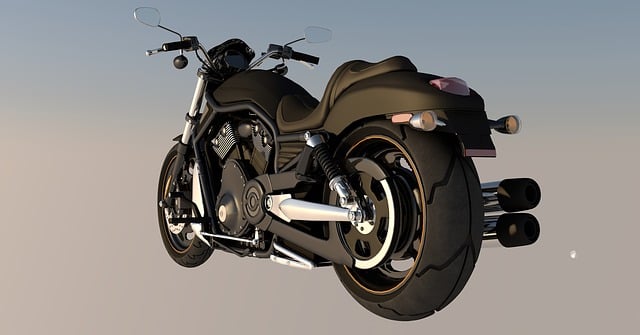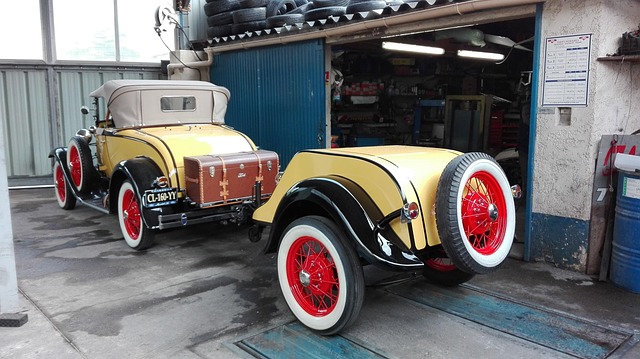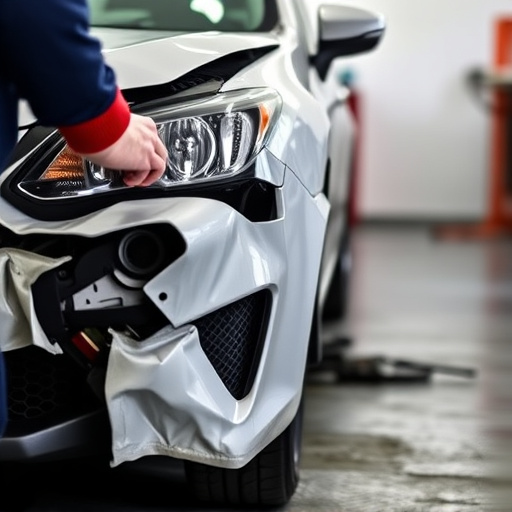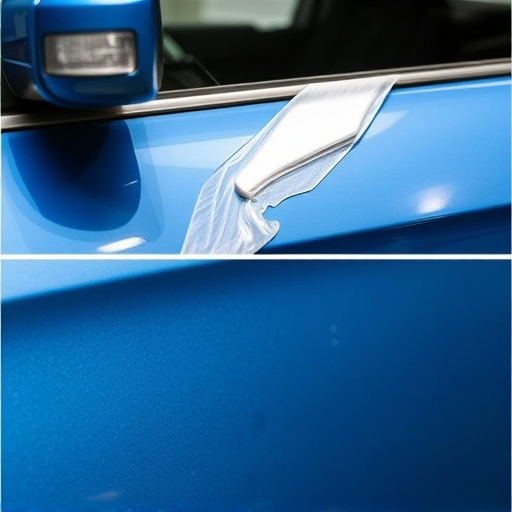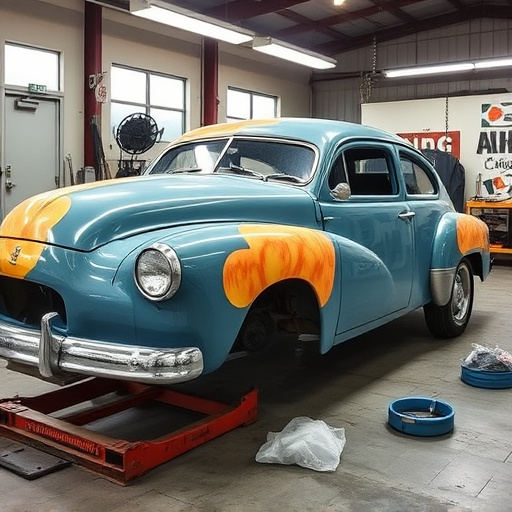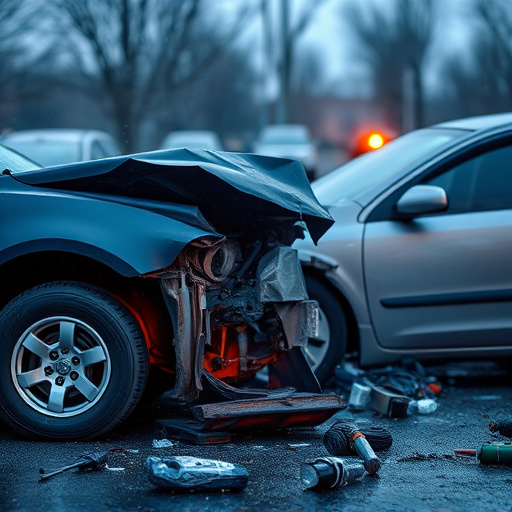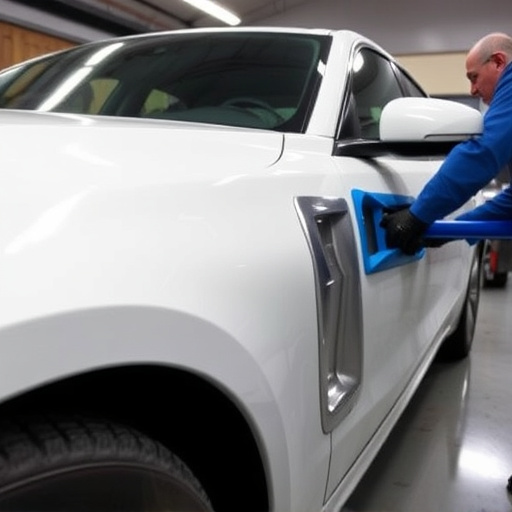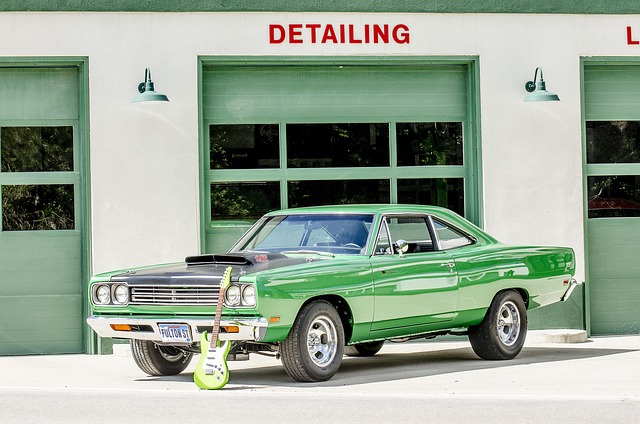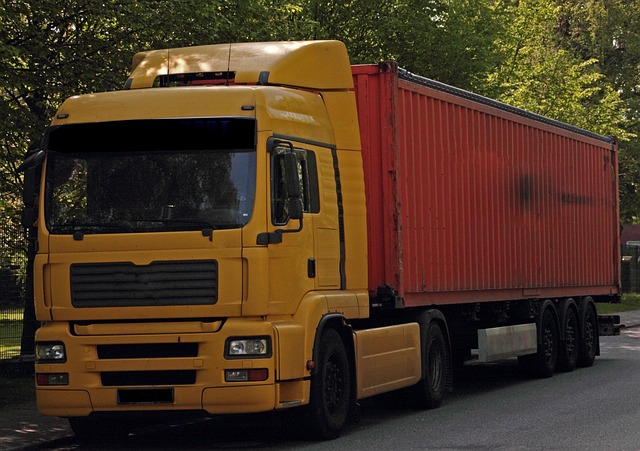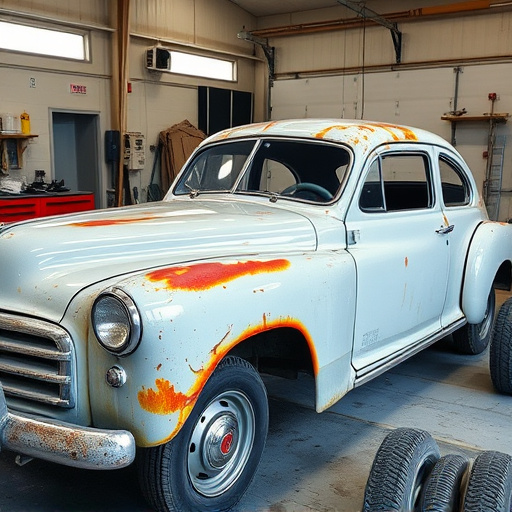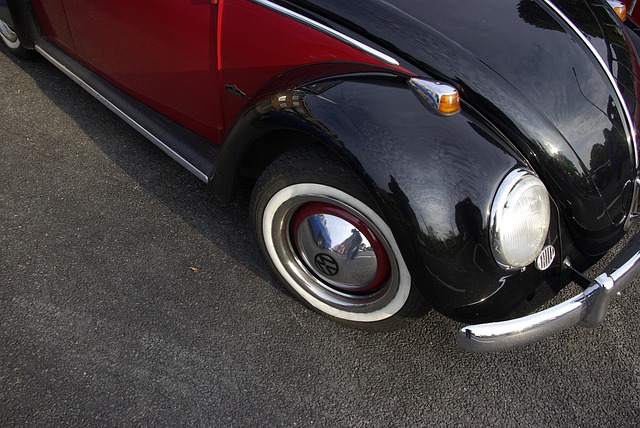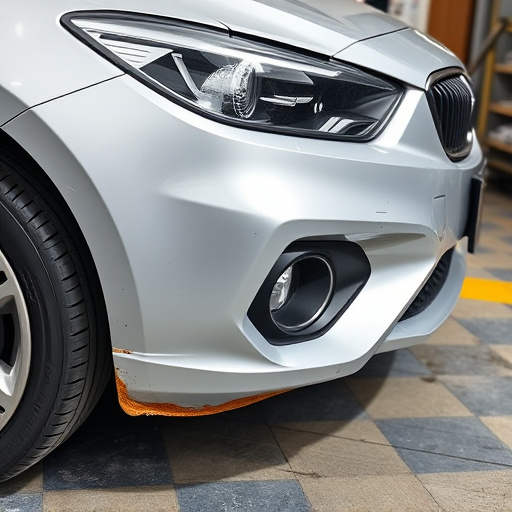After a vehicle crash, trained professionals conduct a thorough damage assessment, securing the vehicle and donning protective gear. The car is then meticulously dismantled, with skilled technicians disassembling it to access damaged areas while preserving reusable components. Repairs focus on safety and restoring the vehicle to pre-accident condition, requiring genuine parts for modern designs. A final inspection ensures structural integrity, quality workmanship, and a seamless finish before returning the vehicle to the road.
When a vehicle undergoes a crash, efficient and accurate repair is crucial for both safety and satisfaction. This article guides you through the key steps in the vehicle crash repair process, from initial damage assessment and adherence to safety protocols, to meticulous dismantling and part replacement, and finally, thorough final inspection and quality assurance. Discover how these stages ensure your vehicle returns to its pre-crash condition or better, focusing on both functionality and aesthetics in vehicle crash repair.
- Assessing Damage and Safety Protocols
- Dismantling and Part Replacement
- Final Inspection and Quality Assurance
Assessing Damage and Safety Protocols
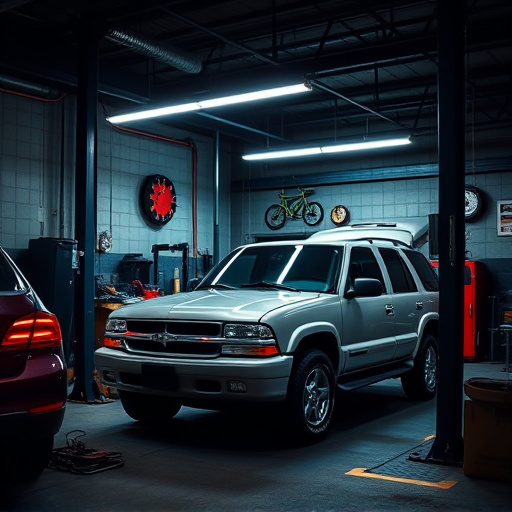
After a vehicle crash, the first step in any repair process is a thorough assessment of the damage. This involves carefully inspecting the vehicle from all angles to identify structural integrity issues and determine the extent of the harm. Trained professionals at a collision repair shop will assess not just visible dents and cracks but also internal damage, including potential safety hazards like airbag deployment mechanisms and fuel system integrity.
Safety protocols are paramount in vehicle crash repair. Before any work begins, technicians ensure the car is secure and stable to prevent further damage or injury during the repair process. This may involve jacking up the vehicle and supporting it with stands, especially if structural components need to be replaced. Additionally, eye and respiratory protection equipment is often required to safeguard against debris and potential hazardous materials, such as when handling auto glass repair or classic car restoration work.
Dismantling and Part Replacement
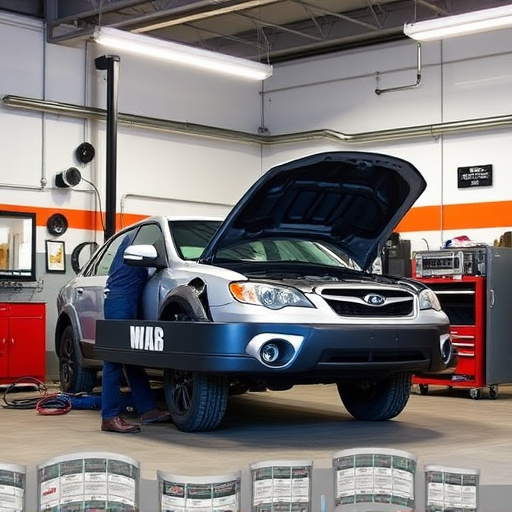
After a vehicle crash, the first step in the repair process often involves dismantling the damaged parts to access the affected areas. Skilled technicians carefully disassemble the vehicle, taking care to preserve and reuse as many components as possible. This meticulous process is crucial for effective vehicle crash repair, ensuring that every part is inspected for damage or need for replacement.
During this phase, damaged panels, such as doors, fenders, or hoods, are removed, and their condition is assessed. Many modern vehicles, including luxury vehicles, have complex designs with intricate parts. Therefore, replacing these components requires specialized knowledge and access to genuine parts, whether it’s for a simple dent repair or more extensive structural fixes. The goal is to restore the vehicle to its pre-accident condition while ensuring safety and reliability on the road.
Final Inspection and Quality Assurance
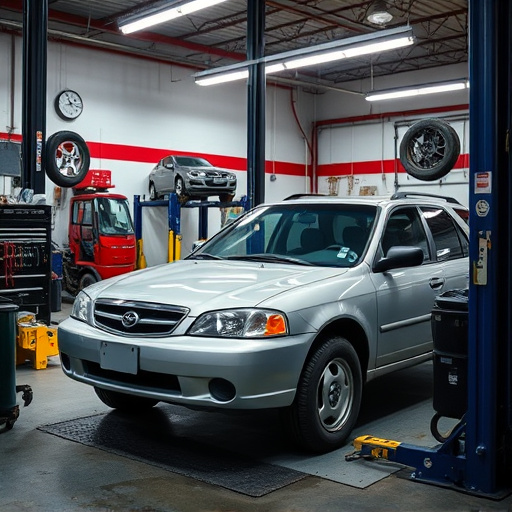
After all the damage has been assessed and repairs completed, the final step in the vehicle crash repair process is a meticulous inspection. This comprehensive check ensures that every detail, from panel alignment to paint job quality, meets the highest standards. Skilled technicians will inspect the vehicle from top to bottom, ensuring that any existing or new issues are identified and rectified. This rigorous quality assurance is crucial for restoring a vehicle’s safety, functionality, and aesthetic appeal.
A key aspect of this phase involves verifying the structural integrity of the vehicle, which is vital in case of severe collisions. Technicians use advanced tools to ensure all components are securely fastened and aligned, preparing the vehicle for its return to the road. Moreover, the final inspection often includes a careful review of the paint job, ensuring it seamlessly blends with the vehicle’s original finish, be it in a modern color or the meticulous restoration of a classic car.
After thoroughly assessing damage, adhering to safety protocols, meticulously dismantling the vehicle, and replacing necessary parts, it’s crucial to conduct a comprehensive final inspection. This step ensures that every element of the repair process was executed flawlessly, meeting the highest standards of quality assurance for optimal vehicle crash repair.
